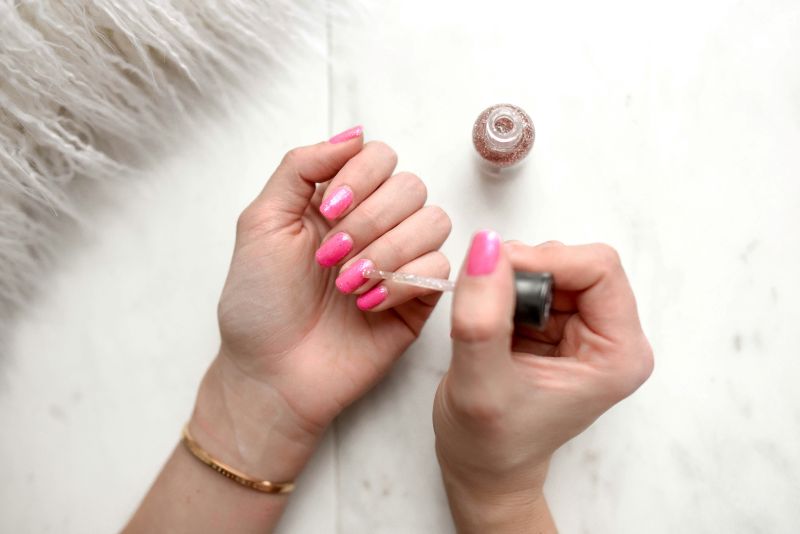TPO Ban – What Cosmetic Brands Need to Know
As many of you already know, one of the substances set to be banned in cosmetics as of September 2025 is Trimethylbenzoyl Diphenylphosphine Oxide (TPO).
Trimethylbenzoyl Diphenylphosphine Oxide (CAS 75980-60-8), commonly referred to as TPO, is a photoinitiator widely used in cosmetic formulations—especially in light-curable nail products such as gel nail polishes. TPO plays a critical role in initiating the polymerisation process when exposed to UV light, ensuring the product hardens correctly and delivers long-lasting results.
We’ve noticed that this upcoming TPO ban has raised several questions across the industry. That’s why we’ve put together a Q&A to help clarify the situation:
1. Why is TPO being banned in cosmetics?
TPO has been assessed by the Committee for Risk Assessment (RAC) of the European Chemicals Agency (ECHA) and classified as a Category 1B reproductive toxicant under the CLP Regulation (EC) No 1272/2008.
This classification indicates that TPO is presumed to be toxic to human reproduction.
As a result, the European Commission included TPO in the Commission Regulation (EU) 2025/877 (Omnibus Act VII), published in May 2025, to add TPO to Annex II of the EU Cosmetics Regulation—the list of substances prohibited in cosmetic products.
2. From when will TPO be banned in cosmetics?
The TPO ban will apply from September 1, 2025.
3. Can cosmetic brands sell products containing TPO if they were manufactured before September 1, 2025?
No. According to Regulation 2025/877, the ban applies as of September 1, 2025 without any transition period for products already placed on the market.
This means that you cannot sell products containing TPO after this date, even if they were manufactured and placed on the market before.
4. Can nail technicians continue using products with TPO after this date?
No. Even if nail technicians are not directly selling the product, they are providing a service using a non-compliant cosmetic.
From September 1, 2025, products containing TPO must no longer be available on the market. This includes use in salons and nail centers. Consequently, brands must begin recall procedures to remove all non-compliant stock.
5. What about non-professional consumers—can they still purchase these products?
No. From September 1, 2025, non-professional consumers should not be able to purchase any cosmetic products containing TPO, as the sale of such products will be prohibited under EU law.
6. What alternatives are available to replace TPO in cosmetic products?
There are ingredients that can serve as substitutes for TPO, as they are not subject to any restrictions or bans for use in cosmetics. Some of these alternatives include Ethyl Trimethylbenzoyl Phenylphosphinate, Bis-Trimethylbenzoyl Phenylphosphine Oxide and Trimethylbenzoyl Ditolylphosphine Oxide.
These alternatives can offer similar photoinitiating properties to TPO and represent viable options for reformulation in light of upcoming regulatory changes.
At Taobé Consulting, we hope this Q&A has helped shed light on this upcoming regulatory change. However, if you still have questions or need support in ensuring compliance, please don’t hesitate to reach out. We’re here to help.
Also, keep in mind: Europe and the UK are actively moving toward stricter rules to protect health and the environment. This TPO ban is just one example of how quickly cosmetic compliance landscapes can evolve—stay informed and act early.
Get in touch with us—we’ll be happy to support you in ensuring your product remains fully compliant across all target markets.

